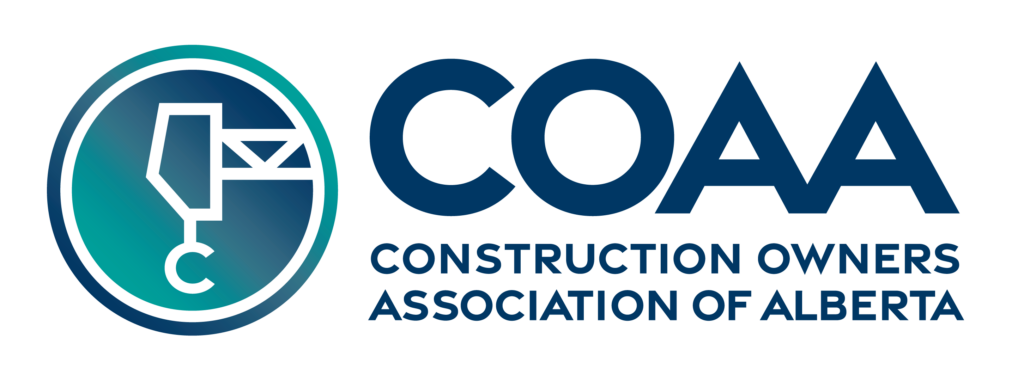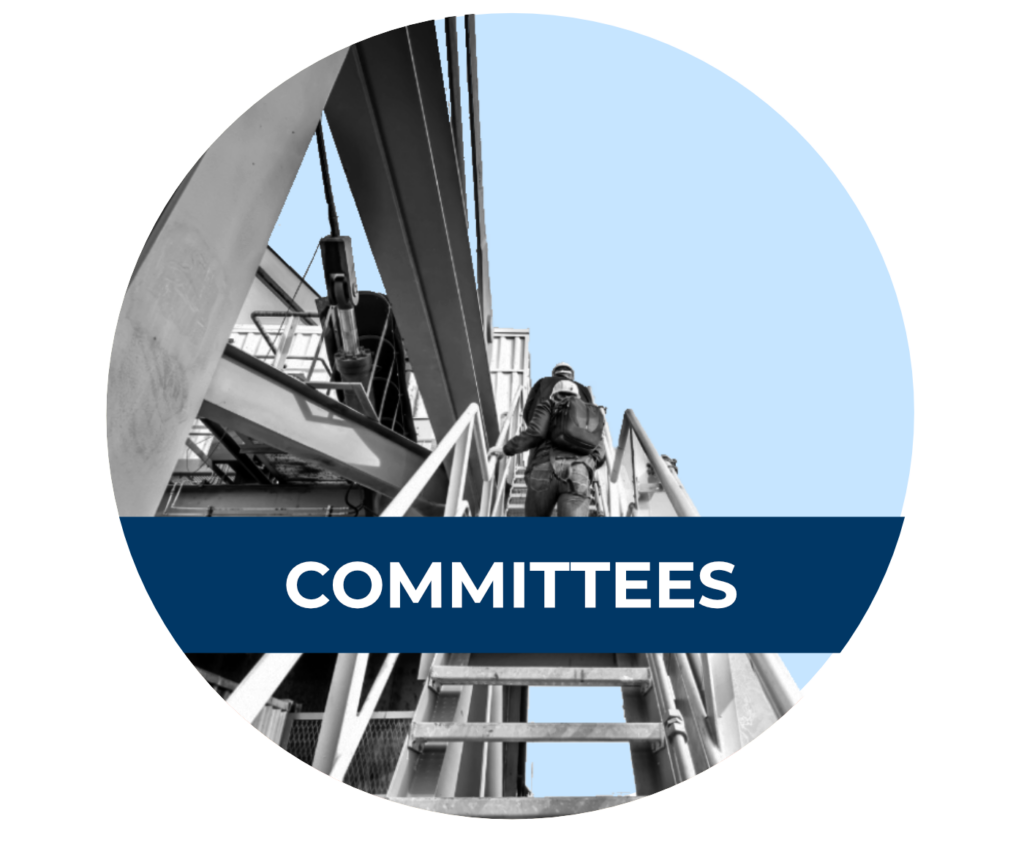Are you a project owner who is seeing project costs escalating out of control or a project manager who spends more time arguing about costs than how to best execute work? Or maybe you’re a construction contractor who feels like you are not able to be competitive with rising material and labor costs?
If so, you likely need a better approach in order to reduce project risk, cut costs, reduce conflict, and raise productivity. One approach to consider is Integrated Project Delivery. Here is why it works and how you can get started learning about this methodology.
Traditional contracting strategies, such as design-bid-build, EPC, EPCm, EPCCm and any other three letter acronym you can think of, have been commonplace in our industry for a century. These strategies rely on contracts to enforce parties acting in good faith and adhering to the agreement. The challenge with this approach is that it inherently breeds tension. Add to that: pandemic restrictions, supply chain disruptions, material shortages, war, political sanctions, record inflation, labor shortages, and energy scarcity. It’s no wonder today’s prospects, for projects running into trouble, have escalated exponentially!
When challenges arise in a traditional design-bid-build method, or similar, the motive behind conflict resolution is to deflect responsibility away from oneself, and often onto other parties to ensure that you are not penalized as an organization. The goal of each party involved is to maximize profits for their organization while minimizing liability for potential claims. While this can sometimes work, often it just results in finger pointing and conflict, as opposed to efficient problem solving. As unexpected risk factors continue to hound our projects with a pestilent resiliency, we need to rethink how projects are executed to ensure they are nimble and able to “roll with the punches” while enabling parties to collaborate and find a solution that’s in the best interests of the project.
How can we shift the mindset from deflecting blame to working together for mutual benefit? In comes collaborative contracting, otherwise commonly referred to as Integrated Project Delivery (IPD). Utilizing this methodology, contracting parties engage early in project development and are incentivized with a common profit pool that is based on the overall success of the project. The parties will also agree that they will not seek damages from other parties entering into the agreement. When the agreement is entered into in good faith, the goals of all parties become aligned around mutual benefit and collaboration.
“By working together, pooling our resources and building on our strengths, we can accomplish great things.”- Ronald Reagan, 40thpresident of the United States
The chart below identifies the results of a study of 90 Canadian projects, supplemented with research from the Construction industry institute, comparing projects using a collaborative approach to projects following a traditional approach:

1 Source: Future Pathway For Industrial Mega- Project Delivery, G. Jergeas and R.P. Lynch 2014
You may be asking, “if this is so great, why hasn’t it become the standard practice in industrial construction?” The answer is that it’s slowly making its way into our sourcing discussions. Several organizations look to adopt these models with a cautious optimism where they will adopt practices that take some of the ideas behind collaborative contracting and employ them within the traditional contract structure. While many barriers still exist and an individual’s biases based on their own preconceived perception continue to influence business decisions it is time to evolve and grow together. As an industry, collaborative contracting can help us collectively work together and help to reduce the pitfalls that continue to plague projects.
”Under the weight of complexity and risk, transactional and adversarial systems are far more likely to break down.”- Jergeas 2014
If you’re interested in learning more, please join the COAA Collaborative Contracting Community hosted within the Collaborative Contracting Community forum to participate in discussions and ask questions to like-minded professionals looking to drive positive change.





